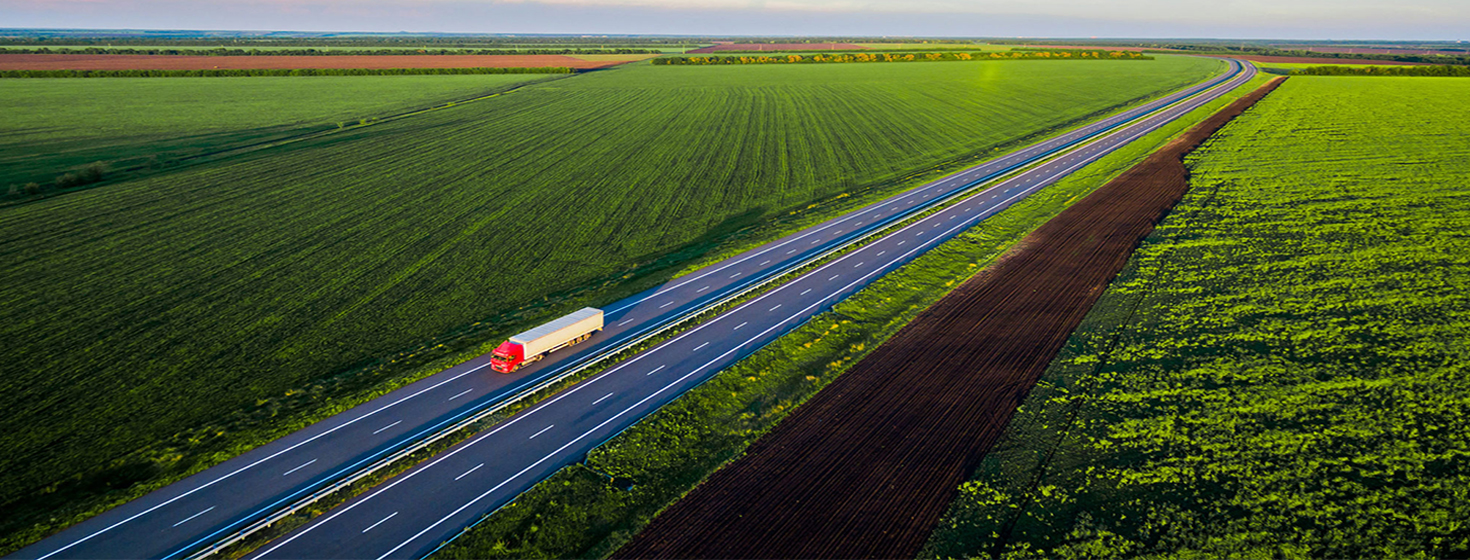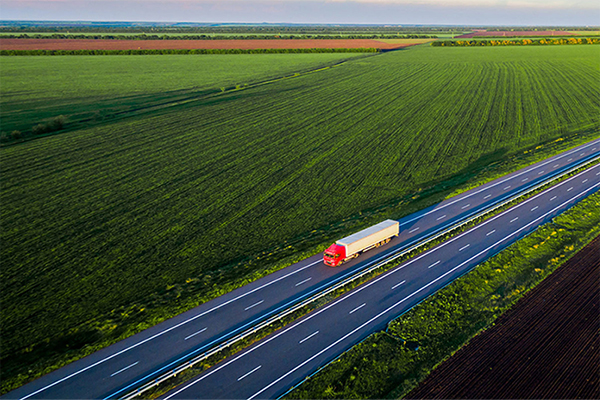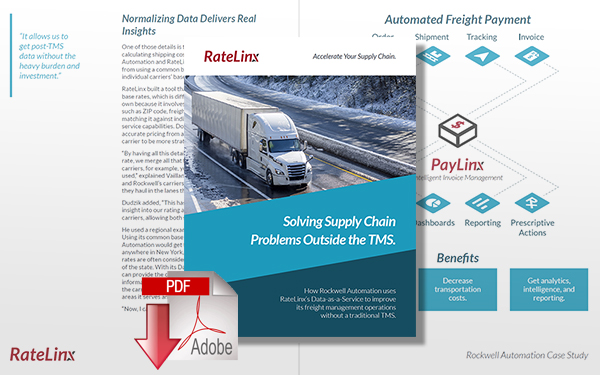3 Facts Your Supply Chain Track & Trace Visibility Platform is Not Telling You

Despite being around for decades, technology has proliferated track and trace solutions in recent years, but how can you leverage your visibility to inform your logistics strategy, reduce costs and increase optimization?
Track and Trace Visibility
Track and trace has been the holy grail for shippers and carriers going back decades.
It was a black hole that defied a practical and simple remedy; one where the most popular solution was calling the driver every 30 minutes to ask where they - and your freight - was.
That was after cell phones became ubiquitous.
Some would argue that even today, an effective solution providing accurate, complete and timely visibility - where goods are, how fast products are moving when they are will arrive, and how much it all costs - remains a problem.
In many cases, they’d be right. The challenge of track and trace has become particularly vexing as technology platforms, and the data they generate, have proliferated.
Today, visibility systems are fed by a multitude of platforms with various acronyms – ERP, SCP, WMS, TMS, SCE, AP, AR as well as trucking, freight-forwarding, drayage, logistics, and freight audit systems.
It’s yet another example of being data-rich and intelligence-poor. You have all this data in front of you but little to no knowledge of what it means and how to really use it to improve your business.
The answer requires us to redefine what track and trace - visibility as we now call it - really means. It starts by understanding three things your track and trace platform not telling you.
1. Your track and Trace is Limiting Proactivity
In today’s mobile, GPS-connected world, it’s easy to find out where a shipment is. Query the driver’s smartphone or a truck’s ELD telematics, and find out, within minutes and feet, a shipment’s location. However, what does that do for you? Also, how does that help fix a problem?
Real visibility in today’s e-commerce driven world - receiving and fulfilling the order today, scheduling and tendering the pickup, delivering it on-time tomorrow, and accurately knowing the cost and exceptions - requires far more than just a location ping. It demands reliable tools built on immediate and accurate data, pulled in real-time from multiple platforms. Real visibility provides the ability to analyze and act quickly. It’s a real shift that renders the old world of historical metrics obsolete.
2. Your Data is Not Informing Your Budget
Don’t misunderstand. Monthly KPIs showing your supply chain performed, on-time delivery percentage, and your expenses remain valuable. However, waiting a month or more to discover 30% of your shipments last month went to the spot market and cost you 40% more because your qualified core carriers are rejecting 25% of your tenders, does you no good. As a result, the money is gone, and it’s not coming back.
3. Incomplete Visibility is Hindering your Logistics Strategy
Visibility is a much more holistic view of the logistics lifecycle. It includes not just in-transit status notices and transportation documents, such as bills of lading, delivery receipts, and freight invoices. But, it also includes supplier invoices, purchase orders, remittance advice, and other data tied to the overall transaction. All of it, on the same dashboard, in real time.
Visibility is completely integrated and up-to-date freight rate-base with defined accessorials. Similarly, it can accept, match and audit invoices in real-time. Additionally, business rules guide good decision making. Critically, alerts help you correct errors before they cascade into other problems. Moreover, it provides a daily, updated, real-time dashboard of defined KPI’s which give you a clear picture of how your transportation operations are running, where there are problems that need attention, and what you are paying. Today, not 30 days from now.
3 Ways to Turn Track and Trace into a Strategic Advantage
- Be prescriptive, not reactive. Are my current systems providing me with a reactionary look in the rear-view mirror; or does is give me the view ahead - a heads-up into obstacles or decision-exceptions which hurt service or cost goals - and proactively recommend a solution?
- Identify and fix ineffective business rules. Are my business processes and rules, some of which are legacy to my company, addressing the right issues and compliance needs of today? Do they incentivize correct behavior; or are they hindering decision-making in a way that sub-optimizes performance?
- Understand the full lifecycle of visibility. Do I see the entire lifecycle of the transaction and all the elements that can affect service and cost with correct, accurate and complete data to make informed, effective and fast decisions? Are my current tools enabling or inhibiting my ability to be flexible and responsive?
Your freight is delivered, and you pay your carriers. However, real visibility tells you if you’re paying what you planned. It helps identify problems in processes and resolving issues, so it doesn’t happen again.
Ultimately, it powers problem-solving outside of your processes to see, correct, and adjust to get your operations back on track.
That’s the holy grail. It is achieved by recalibrating our view of the track and trace from a simple tracking function to a strategic logistics management and visibility lifecycle.
With the right tools and an open-minded, data-first approach to change, you can turn a traditionally reactive, low-value process, into a proactive, high-value strategic imperative that elevates you above your competition.
About the Author
Shannon Vaillancourt is president and founder of RateLinx. He started the company in 2002 with the idea that there was a better way to give companies complete visibility to their supply chain. Since then, RateLinx has become a leading supply chain software and data services company with the only integrated Data-as-a-Service (DaaS) technology platform. RateLinx allows companies to gain access to the right data to create world-class logistics strategy, improve supply chain management, solve problems and reduce costs.
Related Article: RateLinx ERP, WMS & TMS Data Collection Value Proposition
Related Case Study Paper
Solving Supply Chain Problems Outside the TMS
In this case study paper, we detail how Rockwell Automation uses RateLinx’s Data-as-a-Service to improve its freight management operations without a traditional transportation management system. Download Now!
More from RateLinx
Article Topics
RateLinx News & Resources
Optimizing Parcel Spend with Reveel and Ratelinx Improving Your Logistics Carrier Request for Proposal Process Focusing on Transportation Costs Instead of Manually Resolving Freight Exceptions Improving Customer Service Through Freight Spend Visibility 5 Reasons Your Logistics Cost-Savings Initiatives Are Suffering Integrating Data Streams Improves Retail Supply Chains Using SWOT Analysis to Prepare Your 2020 Supply Chain Technology Strategy More RateLinxLatest in Supply Chain
A Look at Baltimore’s Key Bridge Collapse—One Month Later European Parliament Passes New Law Requiring Supply Chain Accountability Baltimore Continues Bridge Recovery With Opening of New Channel How Shippers Can Prep for Hurricane Season Apple Accused of Multiple Human Rights Violations South Korea Finally Overtakes China in Goods Exported to U.S. UPS Struggles in First Quarter With Steep Earnings Decline More Supply Chain














